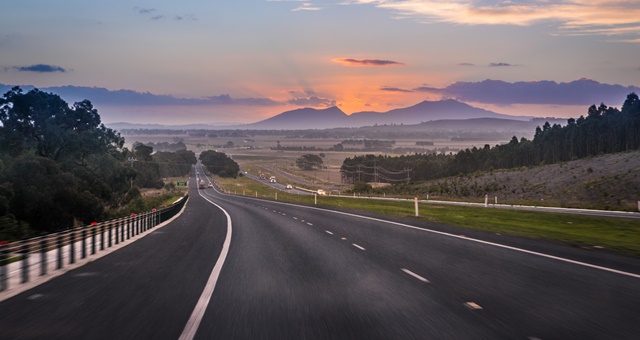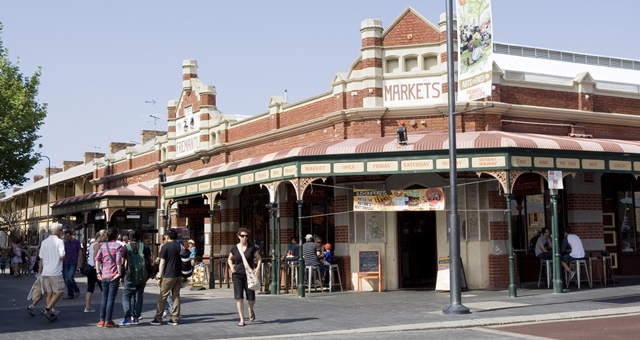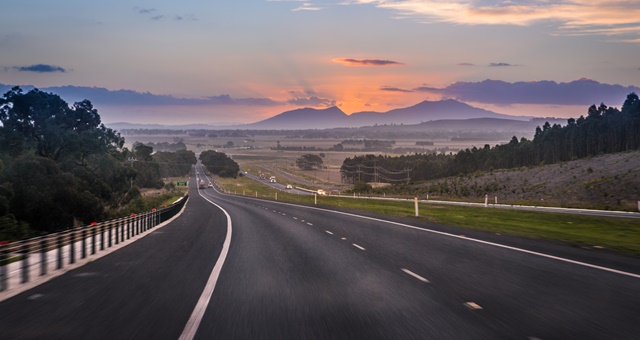
Australia’s second-tier cities, regional and rural areas will feature as the centrepiece in a new Federal Government’s tourism promotion strategy aimed at encouraging more domestic and international visitors to venture outside of the cities.
The new strategy, dubbed ‘Tourism 2030’ and completed by Deloitte Access Economics, was detailed in a newly-released report by Tourism Research Australia acknowledging the importance of a sector which accounts for 3.2% of Australia’s overall gross domestic product and the jobs of one in every people nationwide.
The research looked at travel patterns, behaviours and barriers to regional dispersal with a view to ultimately influencing policy development, marketing campaigns, product development and identifying parts of Australia for future investment in tourism infrastructure.
A number of key findings were highlighted in the report including a perceived unwillingness for visitors from Asian markets to disperse outside city areas. This was compounded by a shallowness in Australia’s second-tier cities and regional destinations being located close to capital cities and no more than a few hours drive away. In turn, this presented the problem of tourists opting to visit these places on a day tour and not staying overnight stay.

Among Chinese visitors, the report found a lack of information and awareness of what is available outside of cities, with an 11% of Chinese survey respondents admitting more information on popular itineraries would encourage them to visit regional destinations.
Solutions proposed by the report included increasing the level of information in the market on what Australia’s regions are able to offer visitors and demystifying the time and distance involved in reaching these second-tier destinations.
Australian Tourism Industry Council CEO, Simon Westaway, said the report laid out the facts and was a stark reminder of the reality before the industry.
“Tourism 2020 has been a tremendous success across a range of measures, but visitor dispersal into our regions, of genuinely getting both domestic travellers and international visitors into and through our regions, has been a regrettable laggard of where we sit a decade on from this tourism policy and strategy set-piece.
“Whilst 43 cents in every visitor dollar is now spent in Australia’s regions, still over 90 per cent of this spend comes from Australians seeing Australia. And arguably less than two-handfuls of defined regions or regional centres are only experiencing meaningful or sustained growth in visitors. We must work together to address the fact most Australian regions do not reap benefit from Australia’s massive visitor economy,” he added.

